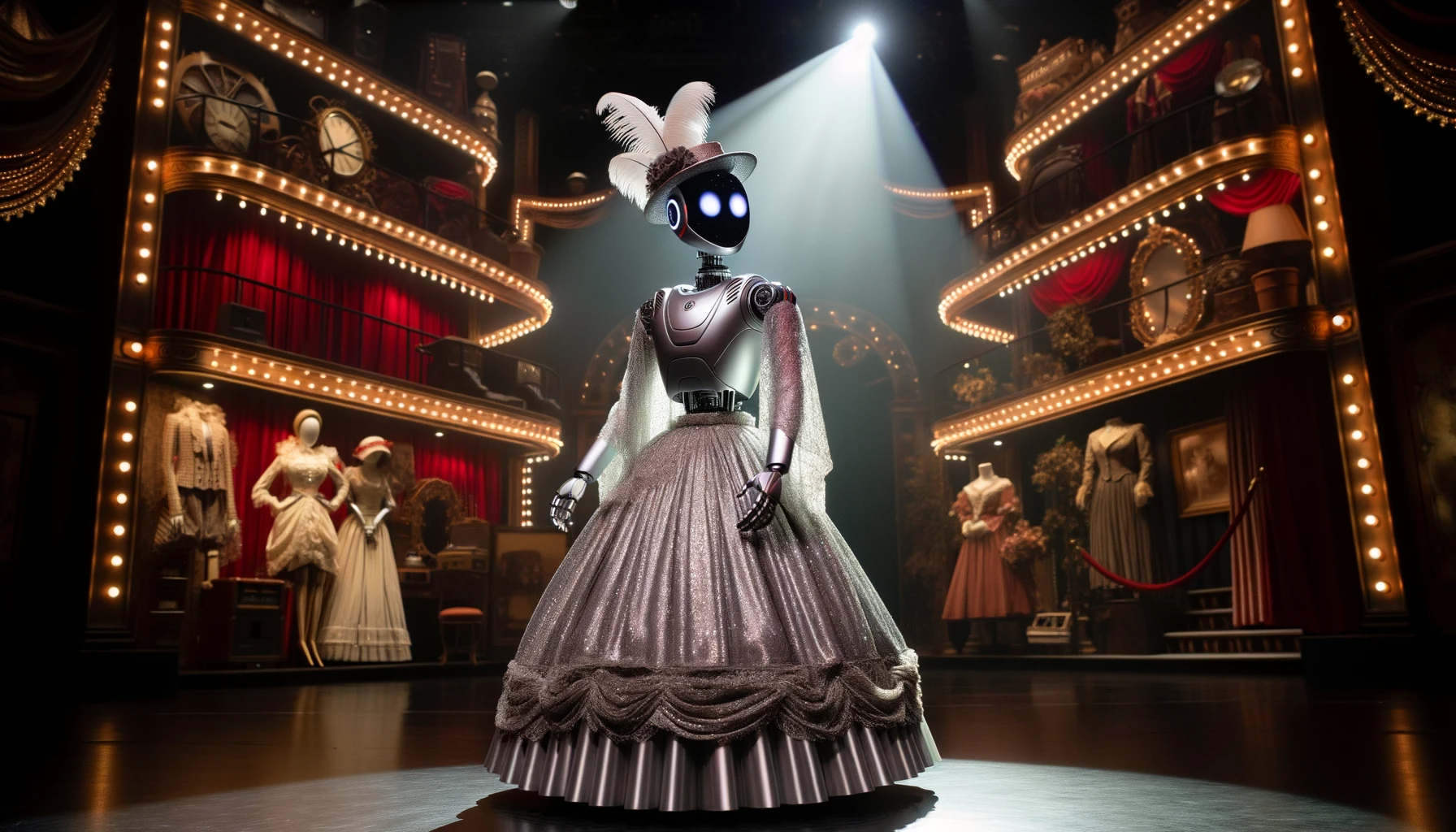
Hello DALL-E3!
DALL·E 3 is the new beta version of an AI program trained to generate images from text descriptions and it is now available in ChatGPT4. DALL-E has actually been around for a few years, but it is now integrated directly into ChatGPT4, and I had a chance to experiment with it yesterday. It is mind blowing. To be able to write a description of an image that you’d like to see - especially something that doesn’t exist (yet) in our world and then have a program generate that image for you is pretty incredible. I have used other versions of DALL-E and I’ve tried out similar tools in Canva, but if this new version is any indication of what’s to come with this type of technology, we should definitely start buckling up.
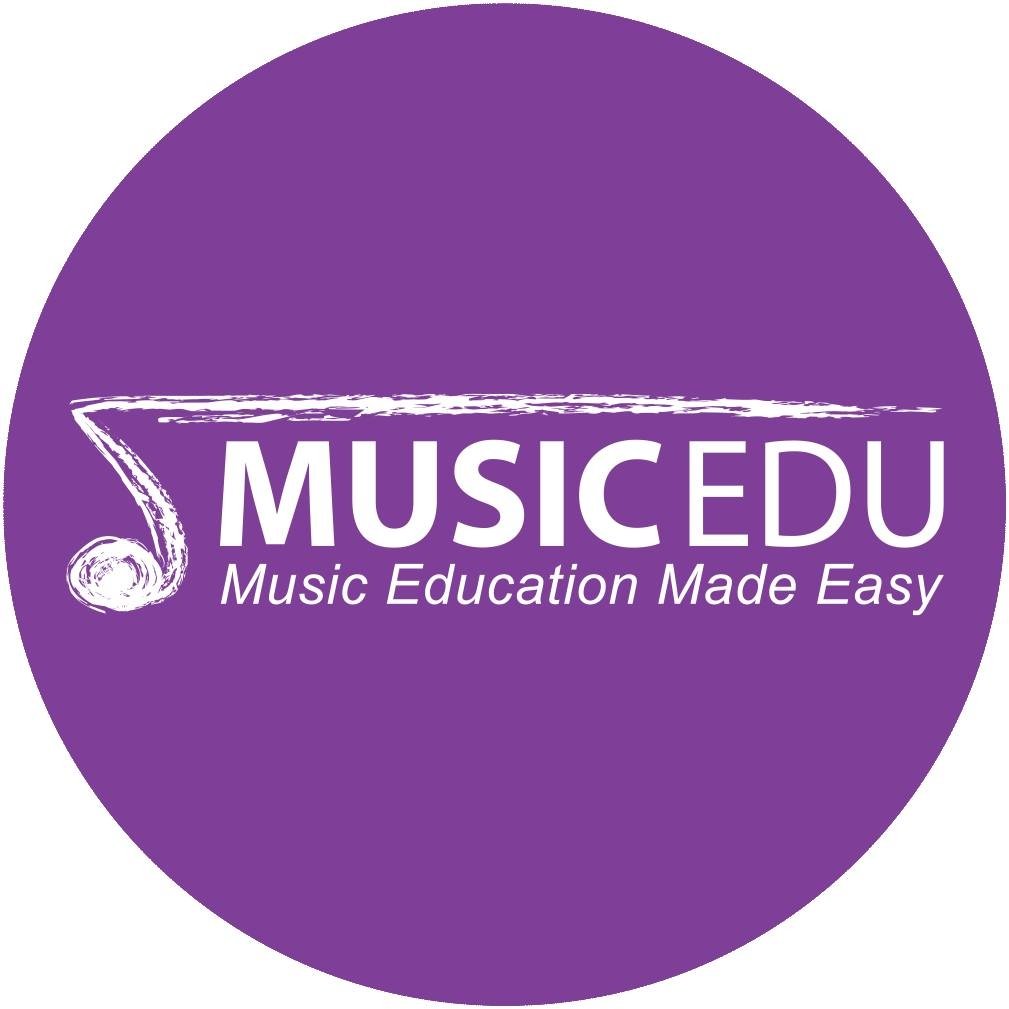
MusicEDU Partners with MusicFirst
One of my favorite music technology resources from Australia is a wonderful product called MusicEDU. Created by Kate Hargreaves, the MusicEDU Suite is a collection of curricula that covers a variety of topics, including Track Formers - a DJ-ing curriculum, Game Composer - focusing on composing for video games, Keyboard Evolution - a keyboard curriculum for beginners to advanced, AR Classroom - a general music curriculum, and Studio Sessions - which focuses on recording studios and sound production. This suite of curricula is perfect for both middle school and high school students and has been expertly authored with music educators and students in mind.
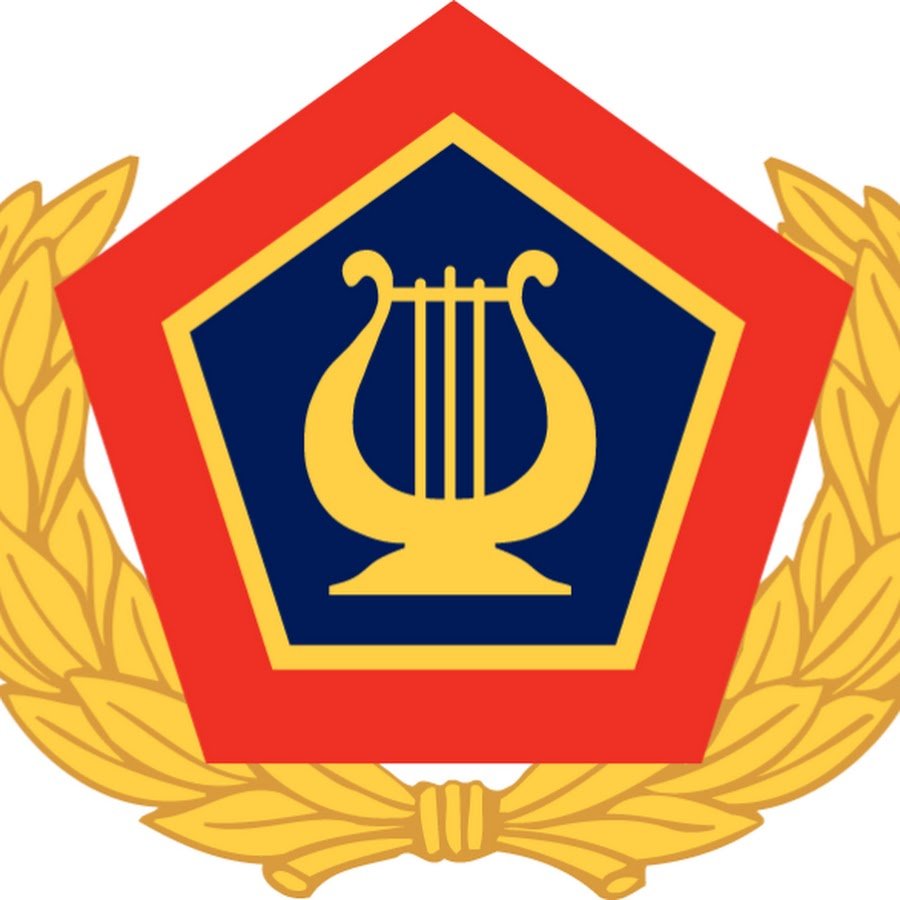
Resource: US Army Field Band YouTube Channel
If you teach Beginning Band - whether at the elementary or middle school level - you should definitely check out the YouTube Channel for the United States Army Field Band. In addition to the numerous videos of their performances, they have curated a VERY useful playlist for Beginning Band, and if I were still teaching at that level, I would point all of my young musicians to the relevant videos for their instruments. I might also use some of their videos to recruit beginning musicians. The videos are all professionally produced and are really well structured from a pedagogical standpoint.
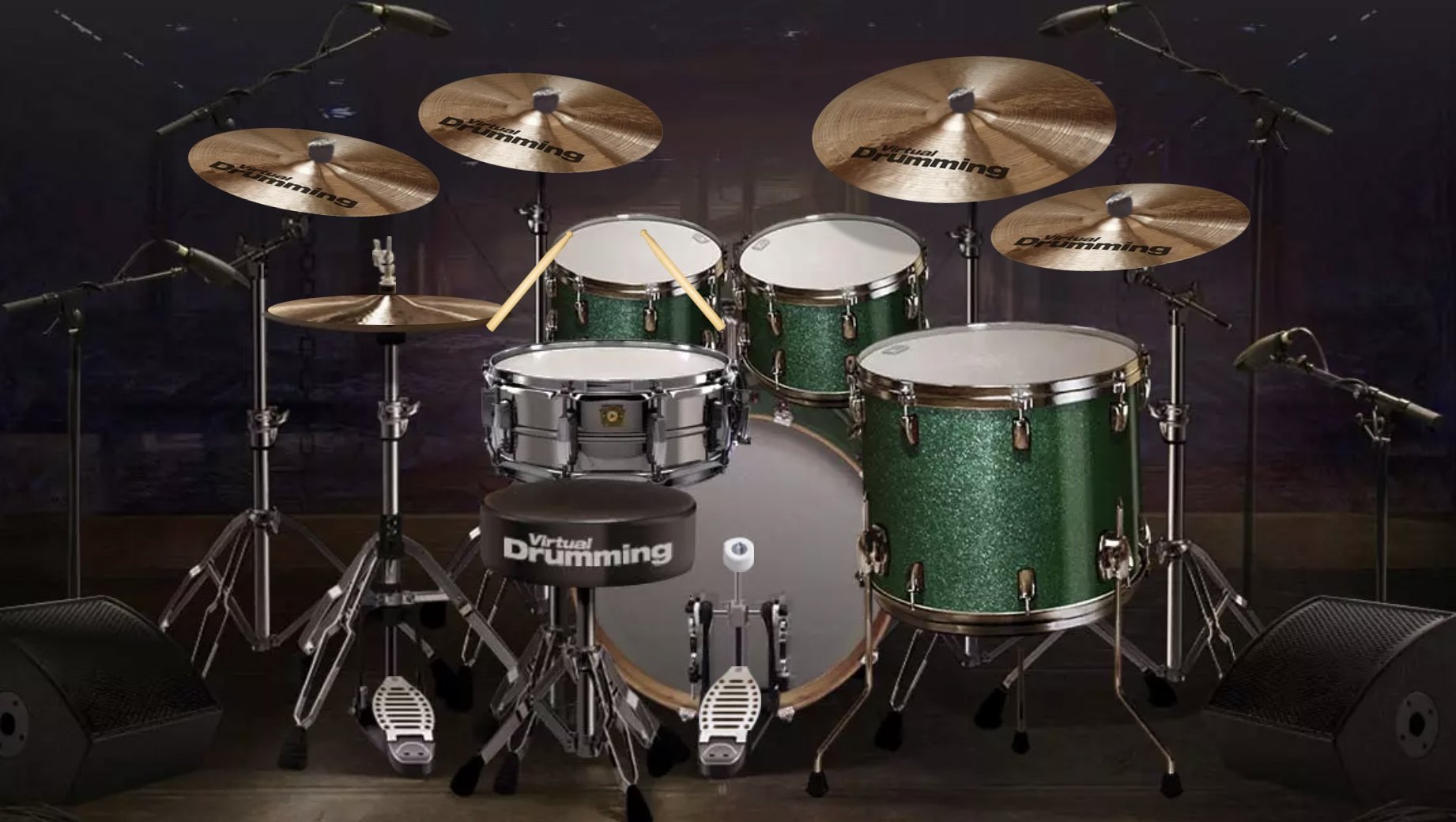
Tool: Virtual Drumming
Virtual Drumming is another terrific tool for musicians, teachers, and students. It has some really great features and sounds, and does WAY more than just drumming. There is the main attraction - a gorgeous virtual drumset that has each drum mapped to a key on your QWERTY keyboard, a drum machine to create beats using the variety of drumsets that are available, drum lessons, a virtual piano, games, downloadable app, and more. The best part? You can do most things for FREE! All online - using any device. Definitely worth bookmarking this one!
AI meets the DAW: Check out WavTool
WavTool is a FREE AI-assisted online DAW with some very impressive features. In preparation for some upcoming talks that I am presenting on AI in Music Education, I found this site and have been playing around with it for a few weeks now. WavTool bills itself as AI-assisted music production and feels like they have implemented ChatGPT to assist you in coming up with musical ideas. Users can type in descriptions of what they would like each instrument to sound like and WavTool generates musical clips based on those descriptions. For example, if you want to create a Hip Hop bass line - just type that in. Add more descriptive text like “Create a hard driving and complex hip hop bass line” and you get better results. I am very impressed by the way AI has been implemented in WavTool and I think it can serve as a musical idea generator and then exported into other DAWs. Definitely worth signing up for this one.
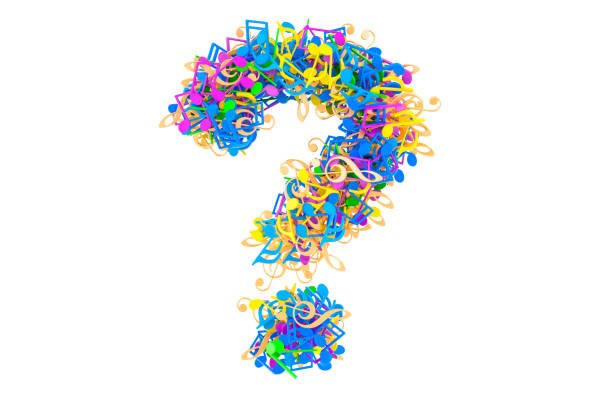
Why Music Technology?
Sometimes the simplest questions are the hardest to answer. Sometimes they’re not. I have spent the last 35 years of my career integrating technology into my instruction, and I’ve trained tens of thousands of music educators how to do the same. Up until 2020, I always encountered music educators who were either uncomfortable with the idea of bringing technology into their classrooms, usually due to a lack of training and/or funding OR completely against technology integration. After all, performing music has been done for generations without the use of technology - so why start now?
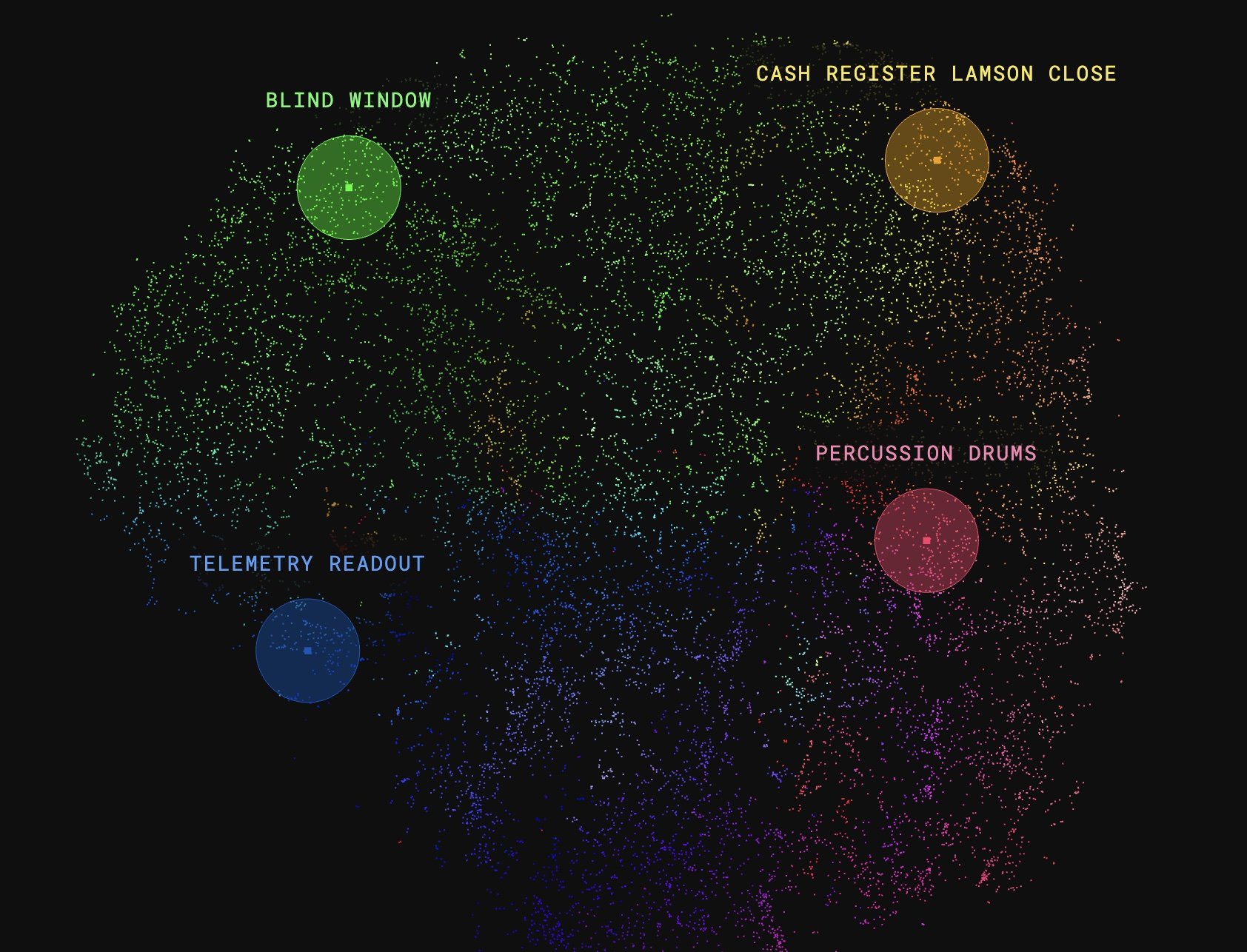
Tool: The Infinite Drum Machine
I absolutely love stumbling on music making websites with innovative approaches and infinite creative possibilities. One such site is The Infinite Drum Machine from the Google AI Experiment Lab, built by Kyle McDonald, Manny Tan and Yotam Mann. This free and fun to use website allows users to make drum patterns out of a HUGE library of sounds - some musical but mostly found sounds from every day life. Users can search through a huge variety of tags to find interesting sounds that can then be incorporated into a 4-track step sequencer. You can choose from a variety of pre-made sound sets, or you can create your own. Here’s an overview video from the creators of The Infinite Drum Machine:
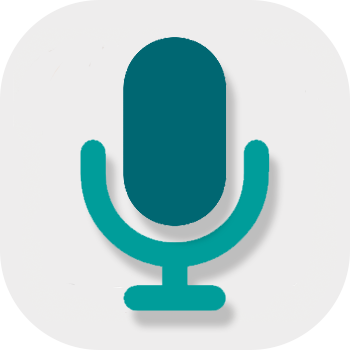
The MusicFirst Recorder is Here!
One of the many reasons that I am so proud to lead the MusicFirst team is that we listen very carefully to what our customers are asking us for, and then we deliver those features. We will be adding the MusicFirst Recorder to all current MusicFirst Classrooms subscriptions over the next few weeks, and we know that teachers and students will love using it for assignments and populating digital portfolios. The MusicFirst Recorder is a very simple online audio recorder with some great features that make it perfect for assigning students performance assessments - and you can add PDFs and audio backing tracks to make the experience more convenient and meaningful for the students. Here is how it works:
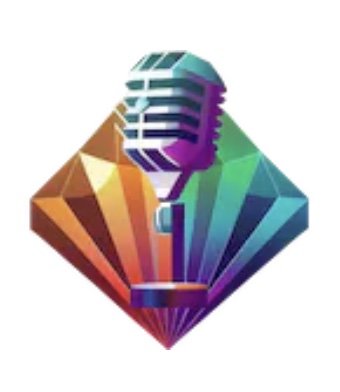
Tool: Voicify
I recently delivered my first full lecture on AI in Music Education for my graduate students at Teachers College, Columbia University. I tend to do a tremendous amount of research on a topic before presenting it to students, and with a topic as fascinating as artificial intelligence and its potential impact on education, I spent WAY too much time digging in to various AI tools and applications. I stumbled upon a very cool site called Voicify.ai and I think that sites like this perfectly illustrate both the exciting positive uses of AI, as well as uses that are problematic on a number of levels. In a nutshell, Voicify.ai allows users to choose from a collection of famous voices to sing AI covers of either existing music tracks (think of having the Beatles sing the latest Beyonce song) or user-generated content. If you write an original song and want an artist like Ariana Grande to sing it, Voicify.ai is the tool for you!
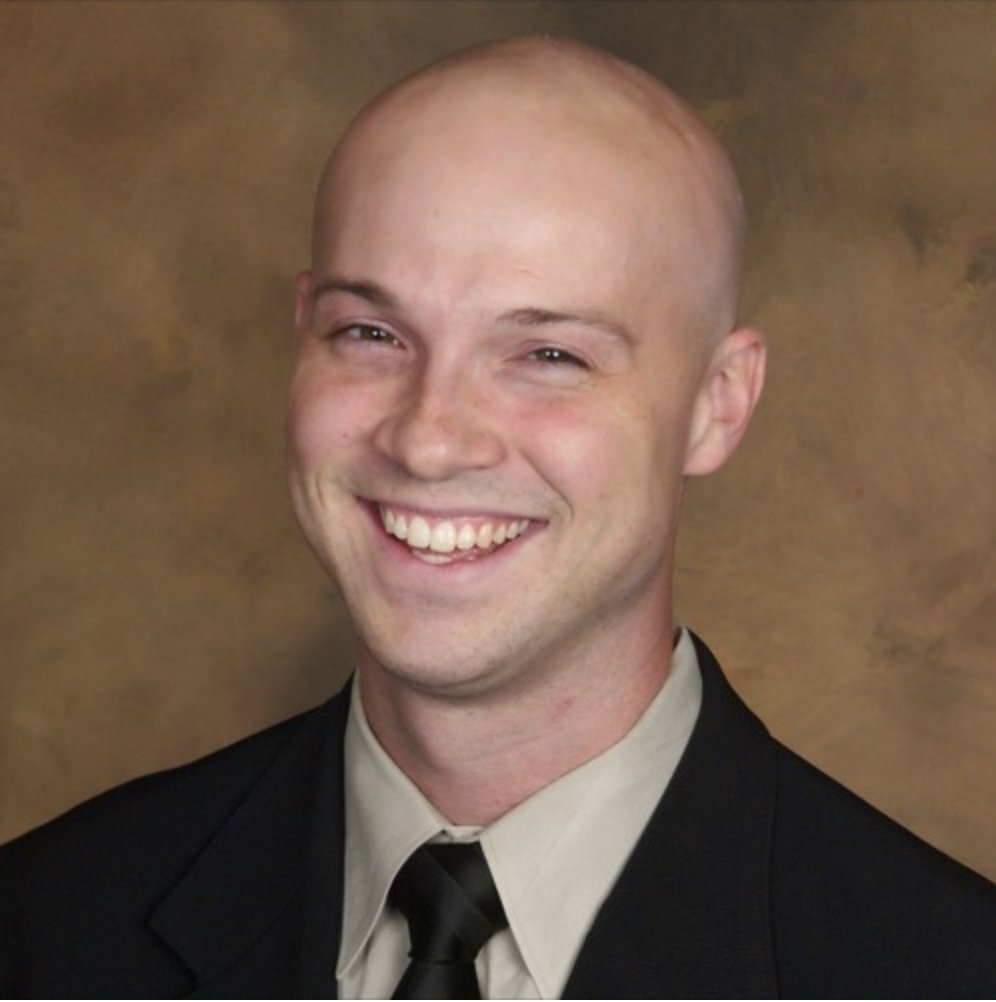
Webinar: Sight Reading Factory for Choral Rehearsal & Assessment
Last night, MusicFirst hosted a wonderful webinar on how to use Sight Reading Factory in the choral classroom led by Jeremy Little, a music educator who has presented at numerous school districts, conferences, workshops, and universities in Illinois, Indiana, and Wisconsin. He teaches at Vernon Hills H.S. and at Milwaukee Lutheran H.S. and holds degrees from the University of Illinois at Urbana-Champaign and the University of Wisconsin-Milwaukee. He has been the guest conductor for festivals across Lake County, the ILMEA District VII Junior High Honors chorus, and conducted his own choral and orchestral students in the world-premiere of Robert Convery's "Working Girls" at the 2013 Illinois Music Education Conference.
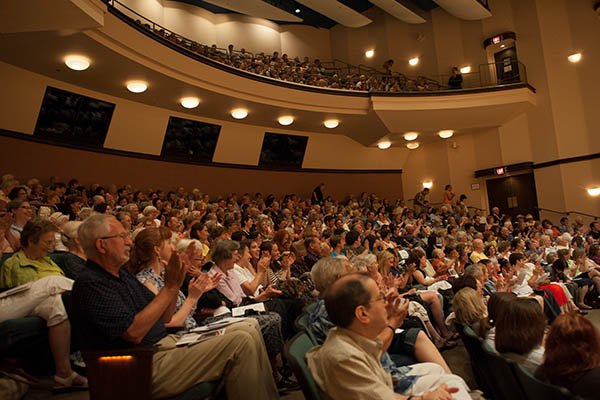
Lesson Plan: Program Notes Podcast
With Holiday & Winter Concert season on the not-too-distant horizon, I thought it would be good to share a lesson plan that asks students to create program note podcasts for each of the pieces of your concert using Soundtrap and QR codes. This lesson plan and project idea is from my publication Podcasting Across the Curriculum - available exclusively from MusicFirst. Not only does this give your performance ensemble students a great way to demonstrate their understanding of the pieces that you are performing on your concert, it also gives the parents an opportunity to learn more about what they are hearing, what the students think about the pieces that they are performing, and provides an insight into the amount of work that the students put in to get the piece to rehearsed enough be to “concert ready.” I hope that you can use this idea with the students in your ensemble.
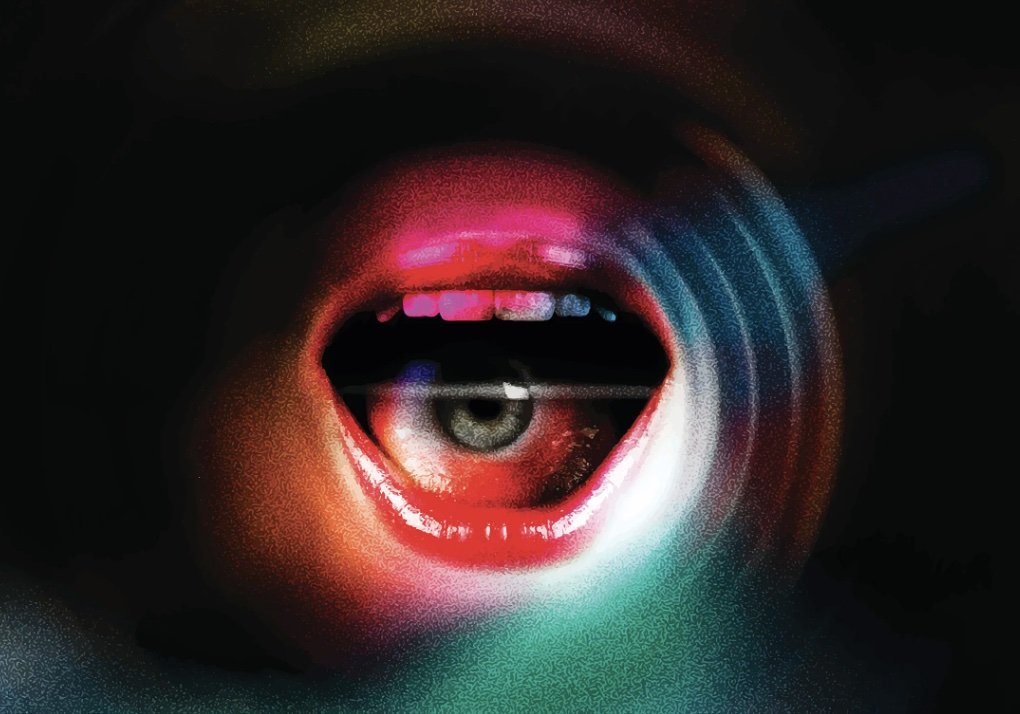
ChatGPT can now See, Hear & Speak!
You read that correctly. Over this past weekend, OpenAI announced that their popular chatbot ChatGPT 4.0 can now interact with users by seeing, hearing and speaking with/to them. I got goosebumps the minute read that. I’m imaging you did too. This means that users will no longer need to type in prompts to ChatGPT - they’ll be able to interact with it just like speaking to another human. Earlier this month OpenAI announced DALL-E 3 - an AI tool that can generate any artwork you ask it to. You want to see Han Solo conduct a mariachi band at Carnegie Hall? Just ask! I only had a few days to digest this before reading about the See, Hear & Speak feature that is coming very soon to ChatGPT 4.0 Plus and Enterprise - the paid version ($20/month) of the wildly popular ChatGPT.
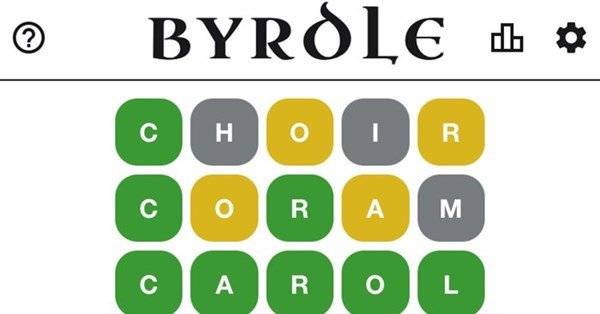
Love Wordle? Try Byrdle!
If you’re anything like me, you start off every day with your routines - whatever they may be. For me, one of the very first things I do when I wake up is play Wordle. This word game, now owned and operated by the New York Times, was originally created by Josh Wardle, who coded the game as a birthday present for his partner. Since then, it has gone viral and millions of people play the game each day. Wordle, that is an online version of an old game show called Lingo, asks players to guess a five letter word and gives clues by coloring letters green (correct place) or yellow (correct letter - wrong place). Due it’s wild popularity, a LOT of spin off versions of the game have appeared, including Heardle - which was a music guessing game that was bought by Spotify and then shut down in May 0f 2023. But there is one version that is perfect for musicians - specifically choral musicians - called Byrdle. My dear friend and colleague Robin Hodson (a veteran choral performer and composer himself) first told me about Byrdle about a year ago. Byrdle is named after the famous composer William Byrd, and was created after a Twitter (X) account named QuireMemes asked someone if they could create it in January of 2022. Ask and ye shall receive! A coder named Robert Brignall created the FREE game, using a code base created by Mikha Davids. Here is how the game works:

Tool: Rhythm Randomizer
Sometimes, the simplest tools are the perfect tools for building specific skills. Meet Rhythm Randomizer. It does exactly what you think: generates random rhythms for your students to clap, sing, play, etc. All you do is project the Rhythm Randomizer on your board for group practice, or send your students to their devices to work individually. While there is no assessment aspect of the tool, it’s still very cool. You can customize the exercises using the Settings tab, including tempo, pitch, metronome settings, measure count (1, 2, 4, or 8 measures), time signatures, and lots of different rhythms. Once you’ve selected all of your preferences, Rhythm Randomizer will display rhythmic examples on the screen. You can then select a new rhythm, playback the rhythm on the screen or add a metronome to help your students. You can even share your preferred settings with students. Just click Share Settings (when the Settings tab is open) and a unique URL for those settings can be shared with students.

Tool: Launchpad Arcade
I am a big fan of the hardware devices offered by Novation. I personally own both a Launchpad PRO and a Launchpad Mini. I have always felt that just offering students a keyboard as an interface with music production and creation software creates an inherent obstacle to creativity for students who have little or no keyboard skills. While it is certainly possible to teach those skills, I love it when students can just jump in the deep end right away and start creating and composing their own music. The Launchpad series of products gives students a tactile way to interface with whatever software they are using - assigning sounds, beats, loops, effects, and more to each button. Software titles like Ableton Live offer direct connections to the Launchpads - providing students with a grid in the software where they can easily assign audio to each pad. Up until recently, students who primarily use Chromebooks to make music have had a difficult time using devices with pads, as very little cloud based software works well with them - until now. The Launchpad Arcade - a FREE tool from Novation - allows you to quickly and easily connect a Launchpad to a Chromebook and have students create music right away. And it’s free.
HUGE news: Introducing School Music License
Holy moly!!! I just found out from a colleague in the industry about a brand new venture called School Music License. I cannot overstate just how BIG a deal this is for licensing music for schools. Until now, if your school wanted to do any of the following things with a piece of copyrighted music: Stream your school concert videos online (YouTube, Vimeo), include song lyrics in a concert program or display them on a screen, showcase your school music program on a website or streaming platform, capture video of a dance recital, Winter Color Guard performance or sporting event that uses popular music recordings, and secure licensing for school band, choir, orchestra, and glee club concert videos, plus your marching band, recitals, pep rallies, gymnastics meets, and so much more!
While licensing for things like this already exist for corporations and houses of worship, up until now, the only way to do ANY of these things was to find out who the copyright holder was, contact them with a request to use their content, wait for an answer (sometimes for a LONG time), and then negotiate a fee to license the copyrighted work legally. With School Music License, you can do all of that quickly, easily, and affordably. I am THRILLED to see this model come to life, and applaud the team at GIA Publications for making it happen. BRAVO!
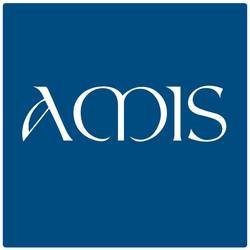
Music Education at the Crossroads: The Impact of AI & Technology
This November, I will be giving the Keynote Address at the AMIS Music Educators’ Conference in Zagreb, Croatia. My talk is titled Music Education at the Crossroads: The Impact of AI and Technology. I am REALLY looking forward to this one. The Association for Music in International Schools (AMIS) is dedicated to the promotion of excellence at all levels of music education in international schools. The International Schools scene is so interesting to me. Many of my former students at Teachers College Columbia University have gone into this world - teaching in amazing locations in the Middle East, Asia, Europe, South America, Africa, and beyond. I first attended and presented at an AMIS Conference back in 2015 in Aberdeen Scotland and I was blown away by both the music educators who had flown in from around the world to attend this event as well as the international school where the conference was hosted. I am so happy to be returning to an AMIS Conference - especially speaking about such a fascinating and important topic.
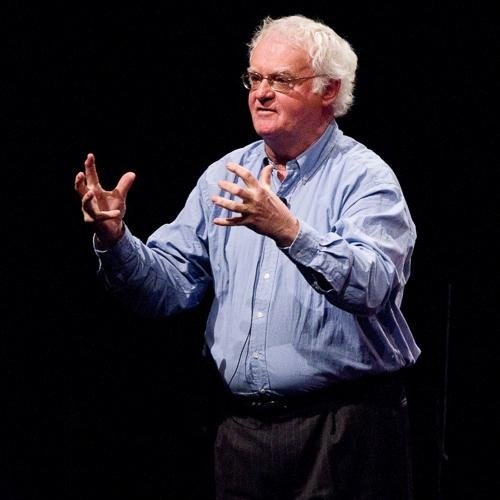
My Favorite TED Talk: Richard Gill - The Value of Music Education
TED Talks are awesome. TED stands for Technology, Entertainment and Design, and TED Talks have been around since 1984. When they first started showing up online in the mid 2000’s, I was absolutely blown away by not only the fascinating topics that were covered by some of the world’s best presenters, I was also blown away by how polished these short, 10 to 20-minute presentations were. As someone who presents sessions and keynotes on a regular basis and obsesses over every detail of my slide deck, I know just how much these talks have been rehearsed, edited and practiced. The most popular TED Talk of all time is the one given by the late Sir Ken Robinson titled “Do Schools Kill Creativity?” While I LOVE his talk, my all-time favorite TED Talk ever given was by the late Richard Gill, a well-known and award winning music educator and conductor from Sydney, Australia. It was actually at a spin-off TEDx event, a local independently organized event that follows the same format of the original TED.
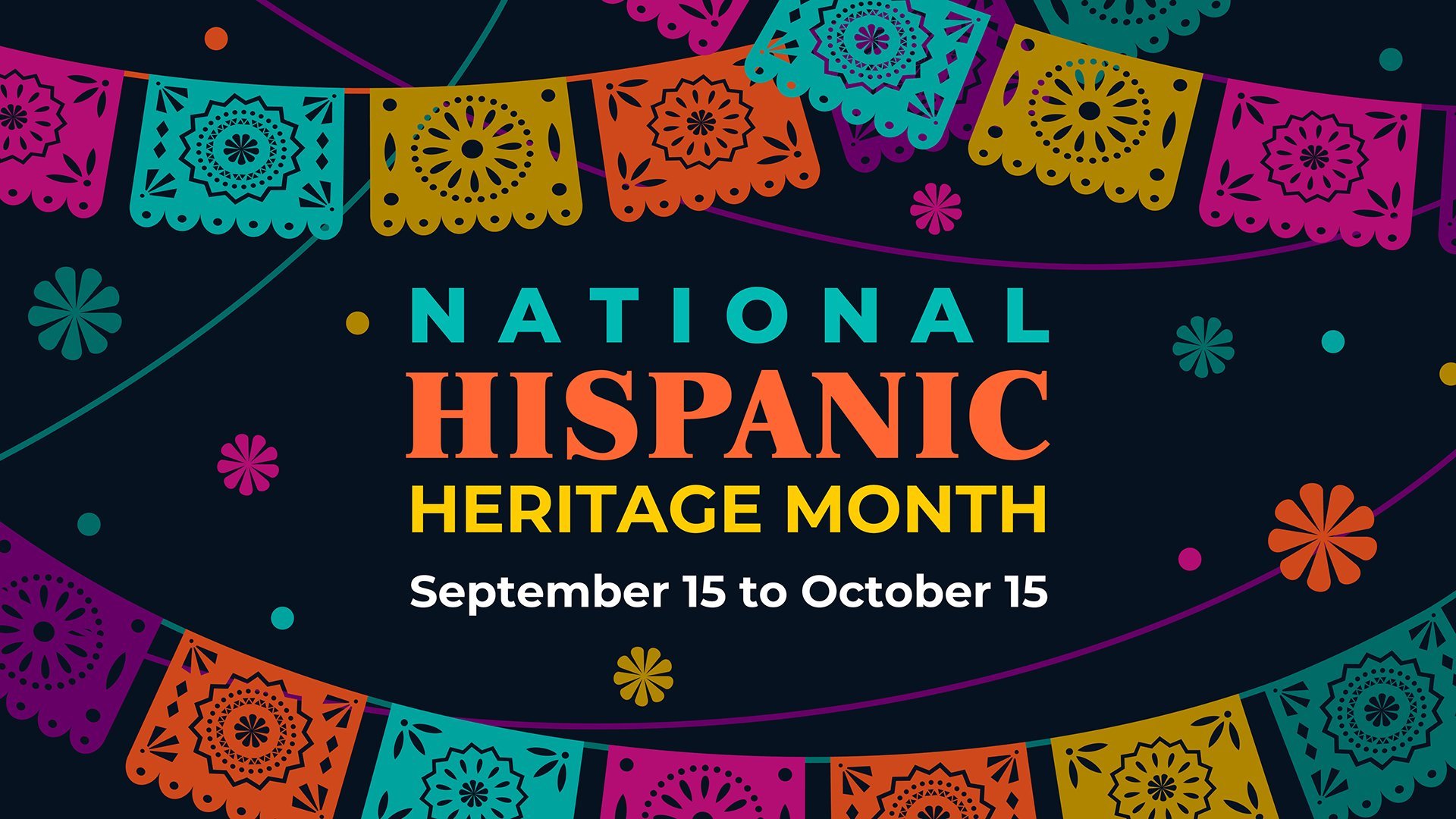
Lesson Plan & Projects: Discovering Latinx & Hispanic Musicians & Composers Podcast
Each year we celebrate National Hispanic Heritage Month from September 15 through October 15th. The purpose of this lesson is to have students explore the lives of many Latinx & Hispanic musicians and/or composers of traditional, popular, and classical music. After learning about their assigned musicians and/or composers, students, working in groups, will create a 3-to-5-minute podcast that provides the listener with information about the musician or composer, their impact on music, and selected listening examples.
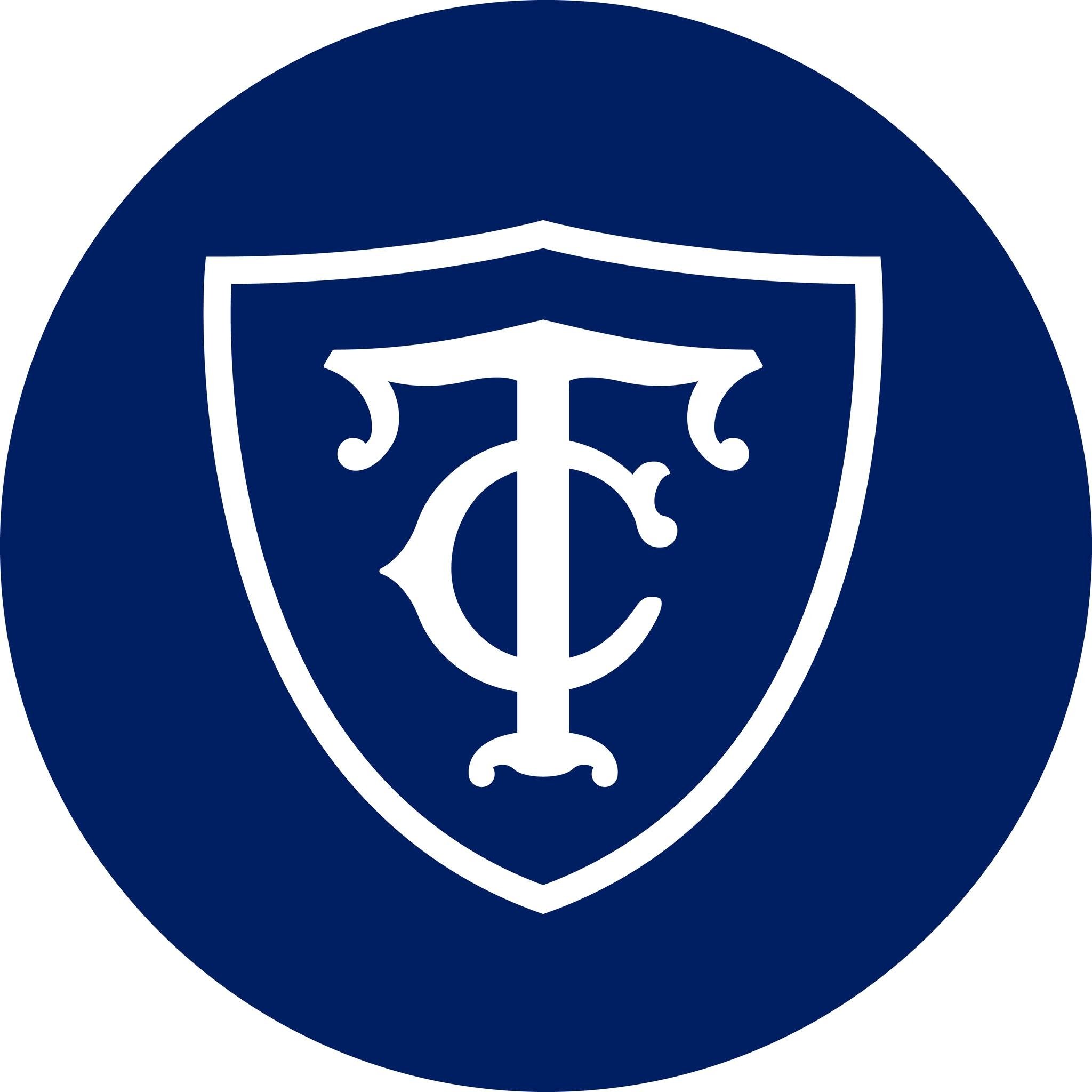
My 48th First Day of School
Yesterday was my 48th first day of school. I LOVE the first day of school. So many possibilities, a renewed sense of purpose, syllabus revamped, new students to interact with, all of it. I have had the privilege of teaching the music technology courses at Teachers College Columbia University for the past 24 years. It is truly an honor to be associated with the school that helped my career so much. I look forward to my Monday nights all week. After leaving public school teaching over 15 years ago, TC helps remind me on a weekly basis why I went into music education in the first place.